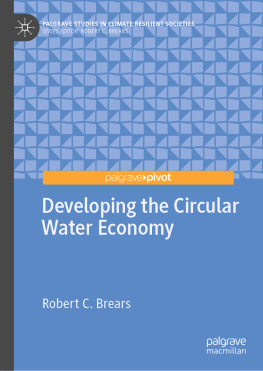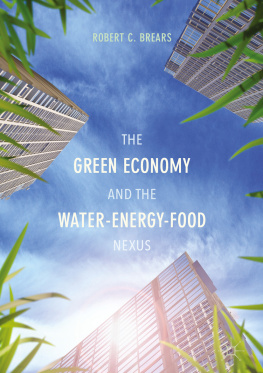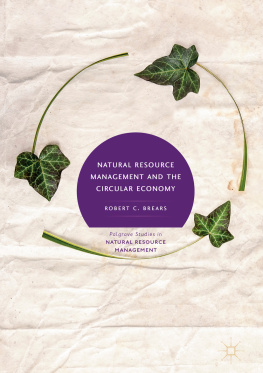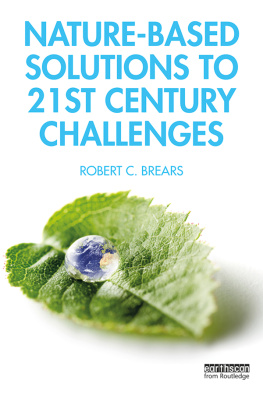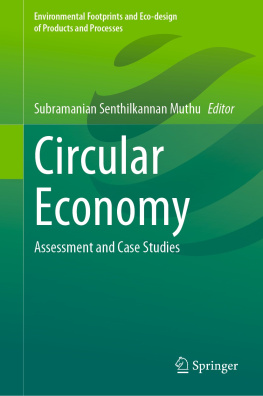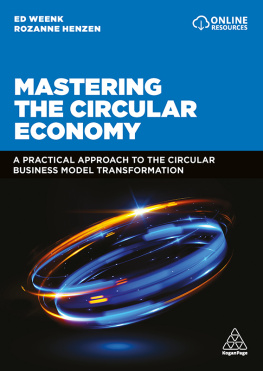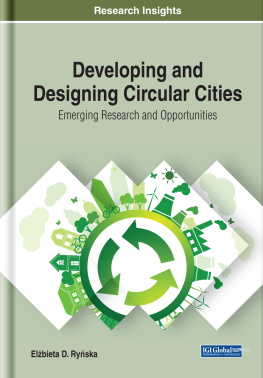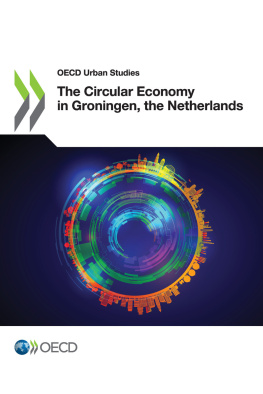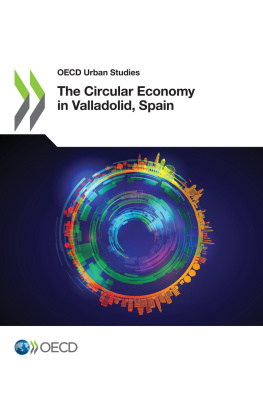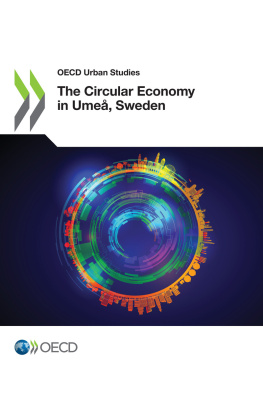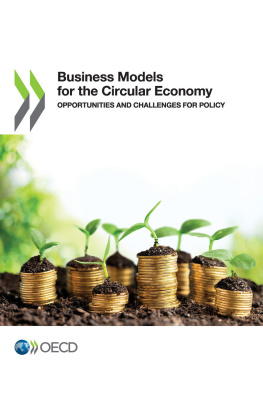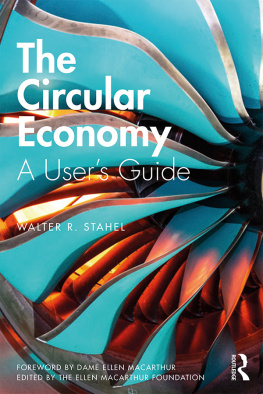Robert C. Brears - Developing the Circular Water Economy
Here you can read online Robert C. Brears - Developing the Circular Water Economy full text of the book (entire story) in english for free. Download pdf and epub, get meaning, cover and reviews about this ebook. year: 2020, publisher: Springer International Publishing, genre: Politics. Description of the work, (preface) as well as reviews are available. Best literature library LitArk.com created for fans of good reading and offers a wide selection of genres:
Romance novel
Science fiction
Adventure
Detective
Science
History
Home and family
Prose
Art
Politics
Computer
Non-fiction
Religion
Business
Children
Humor
Choose a favorite category and find really read worthwhile books. Enjoy immersion in the world of imagination, feel the emotions of the characters or learn something new for yourself, make an fascinating discovery.
- Book:Developing the Circular Water Economy
- Author:
- Publisher:Springer International Publishing
- Genre:
- Year:2020
- Rating:3 / 5
- Favourites:Add to favourites
- Your mark:
- 60
- 1
- 2
- 3
- 4
- 5
Developing the Circular Water Economy: summary, description and annotation
We offer to read an annotation, description, summary or preface (depends on what the author of the book "Developing the Circular Water Economy" wrote himself). If you haven't found the necessary information about the book — write in the comments, we will try to find it.
Developing the Circular Water Economy — read online for free the complete book (whole text) full work
Below is the text of the book, divided by pages. System saving the place of the last page read, allows you to conveniently read the book "Developing the Circular Water Economy" online for free, without having to search again every time where you left off. Put a bookmark, and you can go to the page where you finished reading at any time.
Font size:
Interval:
Bookmark:
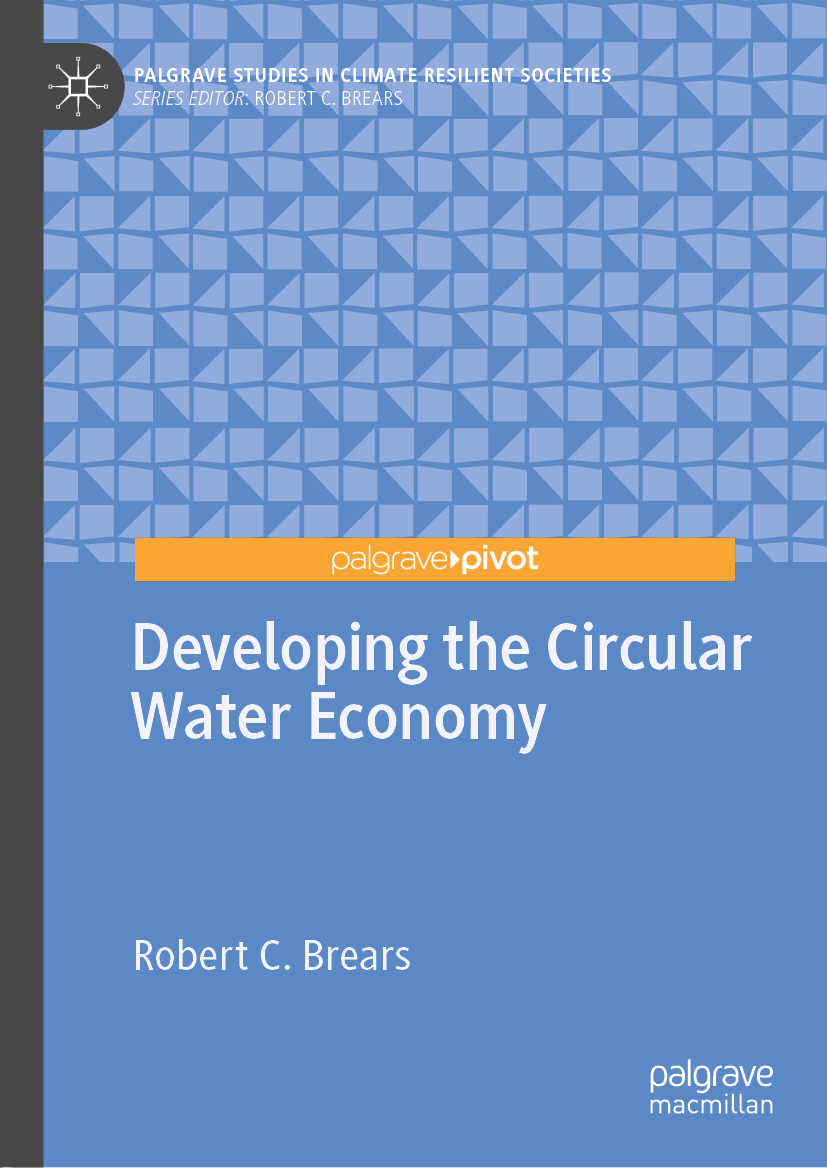
The Palgrave Studies in Climate Resilient Societies series provides readers with an understanding of what the termsresilience and climate resilientsocieties mean; the best practices and lessons learnt from various governments, in both non-OECD and OECD countries, implementing climate resilience policies (in other words what is desirable or undesirable when building climate resilient societies); an understanding of what a resilient society potentially looks like; knowledge of when resilience building requires slow transitions or rapid transformations; and knowledge on how governments can create coherent, forward-looking and flexible policy innovations to build climate resilient societies that: support the conservation of ecosystems; promote the sustainable use of natural resources; encourage sustainable practices and management systems; develop resilient and inclusive communities; ensure economic growth; and protect health and livelihoods from climatic extremes.
More information about this series at http://www.palgrave.com/gp/series/15853

This Palgrave Pivot imprint is published by the registered company Springer Nature Switzerland AG
The registered company address is: Gewerbestrasse 11, 6330 Cham, Switzerland
First, I wish to first thank Rachael Ballard, who is not only a wonderful commissioning editor but a visionary who enables books like mine to come to fruition. Second, I wish to thank Mum, who has a great interest in the environment and water-related issues and has supported me in this journey of writing the book.
This book discusses how the development of the circular water economy, which mitigates emissions and enhances resilience to climate change, can be guided by innovative policies that encourage the reducing of water consumption, reusing and recycling of water, and recovery of materials from wastewater.
In our current economic model, manufactured capital, human capital, and natural capital all contribute to human welfare by supporting the production of goods and services in the economic process, where natural capital the worlds stock of natural resources (provided by nature before their extraction or processing by humans)is typically used for material and energy inputs into production and acts as a sink for waste from the economic process.
In the linear economy , following the Take-Make-Dispose model, the water sector typically employs the Take-Use-Discharge strategy. In this strategy, water is withdrawn from streams, rivers, lakes, reservoirs, oceans, and groundwater reservoirs as well as harvested directly as rainwater. Water is then used by municipalities, industries, agriculture , the environment, etc. within the water cycle, including for consumptive and non-consumptive uses. Non-consumptive used water is returned to the river basin directly or via a municipal treatment facility. Depending on the location within the basin this returned water could then be used downstream or lost to the basin. While the current linear economic model has generated an unprecedented level of growth, the model has led to constraints on the availability of water resources in addition to the generation of waste and environmental degradation from a variety of climatic and non-climatic trends.
Font size:
Interval:
Bookmark:
Similar books «Developing the Circular Water Economy»
Look at similar books to Developing the Circular Water Economy. We have selected literature similar in name and meaning in the hope of providing readers with more options to find new, interesting, not yet read works.
Discussion, reviews of the book Developing the Circular Water Economy and just readers' own opinions. Leave your comments, write what you think about the work, its meaning or the main characters. Specify what exactly you liked and what you didn't like, and why you think so.

